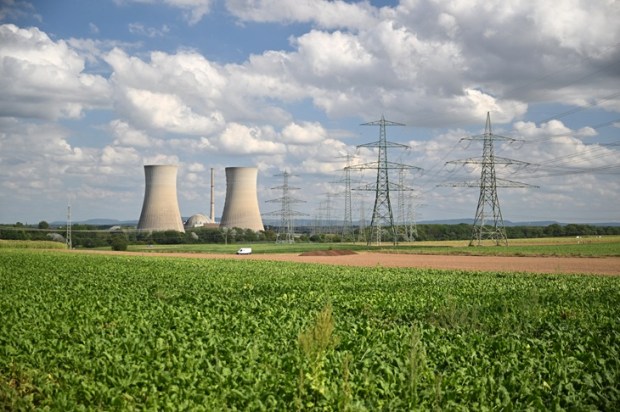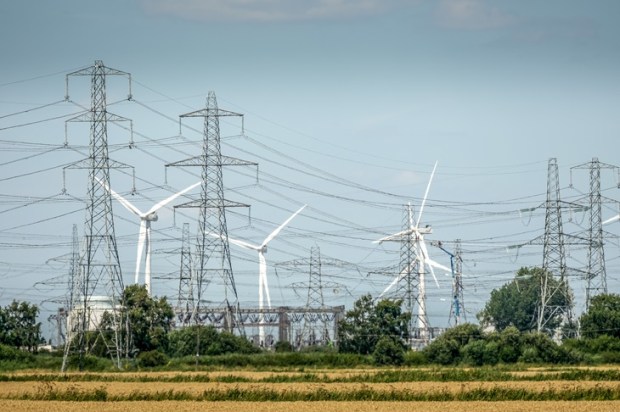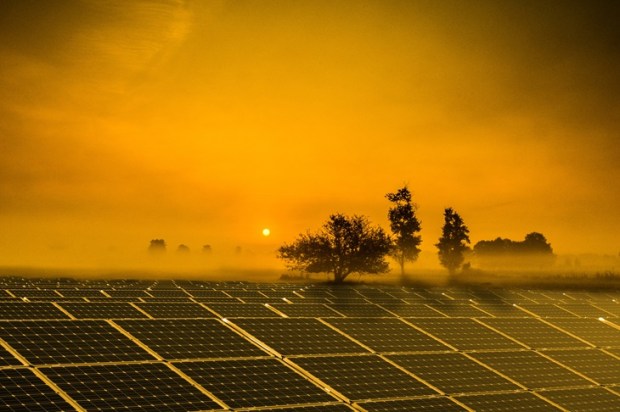Kites are thought to have originated in China over two thousand years ago. Since the original incarnations, kites have evolved into a low-cost fun activity enjoyed by kids and adults alike. The link between ancient kites and modern batteries is tenuous but tangible – kites and renewables are equally useless on calm nights, but batteries are meant to change that for renewables.
In order to dissect the ideological policies forcing renewables and their batteries into the grid, it is necessary to test whether batteries are adequate for the task of ‘firming’. With a relatively small network occasionally isolated from the rest of the grid and plenty of hype around large batteries, South Australia is a good place to start.
Could batteries meet the electricity demands of South Australia’s slumbering 1.5 million population overnight?
Despite the lamentations of the renewable lobby and its enablers, we must consider specific periods for a simple reason – electricity is not consumed or generated in averages.
We could take the demand over a twelve-month period, find the average per day, and crow about the small amount of storage required to keep the lights on, but that would be dishonest. No design – be it bridges, boats, pipes or electricity – ever considers averages except in the most cursory terms. The extremes are the only parameters that matter. Will it fall down, will it sink, will it rupture, will it meet demand?
OpenNEM’s excellent visualisation provides near real-time visibility of supply and demand on the grid. One can select the entire NEM, or a preferred state, and analyse the types of generators that are meeting electricity demand.
Accordingly, it can be shown that South Australia’s peak summer electrical demand is around 3,000 MW, while in the comfortable shoulder months, peak demand barely nudges above 1,500 MW.
Sun and wind were absent from South Australia during the 8 hours of midnight to 8am on Tuesday March 28, 2023. Electricity demand was entirely supplied by local gas-fired generators and imports from neighbouring Victoria – itself mostly powered by three large lignite burning power stations.
In this particular 8-hour period, the state consumed 11,000 MWh of electricity with a peak of 1,553 MW. Imports from Victoria totalled 4,600 MWh, with local gas power contributing 6,300 MWh, meaning 99 per cent of electricity demand could not be met by renewables.
Could batteries have replaced 10,900 MWh of gas and imports in this period?
Batteries require a minimum of two numbers to enable basic comparisons. The first is peak instantaneous output (MW), a measure of how fast the battery can discharge. The second is the energy stored (MWh), a measure of how long it can discharge. The world’s largest battery can be found in Moss Landing, California at 400 MW / 1,600 MWh.
To calculate how many batteries are required to meet the instantaneous grid demand, we divide 1,553 MW by the peak output of the world’s biggest 400 MW battery.
1,553 / 400 = 3.88 of the world’s biggest batteries
You can’t have a portion of a big battery. Well you sort of can, but this is a quick model so we will round up to an even four batteries with 1,600 MW combined output – about 50 MW above our peak demand.
Ok, now let’s check the other number, the storage capacity in MWh.
Multiply the number of batteries by their individual MWh number to get the total MWh available from all four batteries.
4 x 1,600 MWh = 6,400 MWh
That’s significantly less than the 10,900 MWh needed.
We need to add more batteries to exceed the storage threshold, or the batteries will run out of juice before the 8 hours are up. This takes us up to six batteries. Six batteries will only supply 9,600 MWh at their combined peak output of 2,400 MW. However, a battery lasts longer if its output is below maximum, so six batteries will do the trick here.
We have established that six of the world’s biggest batteries can get sleeping South Australians through 8-hours of no wind and no sun.
Now let’s extend our thinking to the periods just outside the 8 hours. Calculations show that for those batteries to last the full 8 hours, they needed to be at least 70 per cent charged beforehand.
In the hours from 8am to 10am six of the world’s flattest batteries aren’t looking so great to morning commuters. Commuters who may take for granted that the biggest and most complex machine in the state will provide electricity for their barista-made coffees, elevators up to open plan offices, computers and lights, servers and zip boilers, printers and air-conditioning, coffee makers and fire detection systems.
It took local gas and imported coal to meet almost 90 per cent of electricity demand from 8am to 10am. There was no spare power to charge the flat batteries. In fact, across the entire day the ‘spare’ power available to charge batteries (identified as exports to Victoria) totalled just 2,000 MWh.
There is one last sting in the battery tail. One might be tempted to assume all the 2,000 MWh applied to the battery gets stored in the battery, but that’s not how these things work. Energy losses means a battery only stores about 90 per cent of the energy applied, which brings us down to 1,800 MWh. Less than 20 per cent of a full charge, lasting about 1 hour at the original conditions.
Better hope for some wind the next night, or the world’s flattest batteries won’t be much help.
Ben is an electrical engineer in the power and gas sector.

























